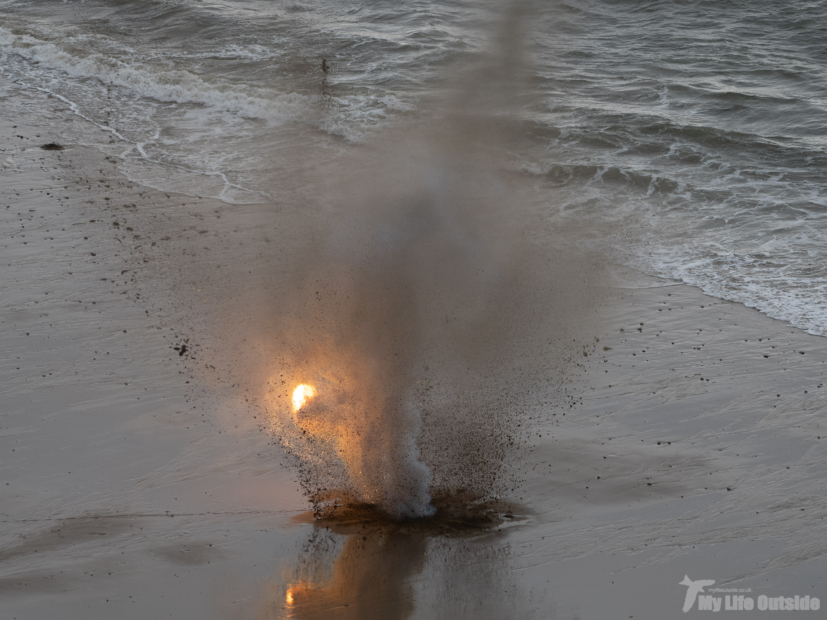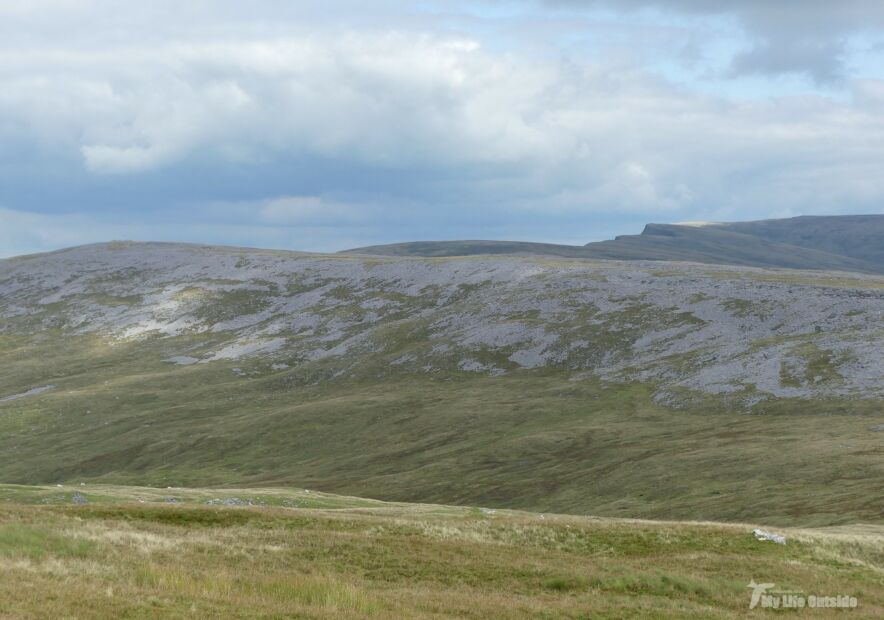As promised I’ve put together this follow up entry for those who enjoyed our visit to Penwyllt quarry a couple of weeks ago and wanted to see a little more of what remains today. The site is, not unsurprisingly, rather large and we only managed a brief look around some of the structures still present. I’m sure a more thorough investigation would likely reveal yet more of the history surrounding this place but for now here are a couple of my favourite shots from the day along with a little of their story.
 |
| It’s possible to walk the now abandoned Neath and Brecon railway for a good distance south with this view taken looking back towards Penwyllt and bridge 33. |
As you can probably imagine I’ve barely touched on the history of Penwyllt here, partly down to not wanting to bore the pants off everyone and partly because I simply haven’t been able to find a great deal of information on the internet. There are plenty of current photos around but nothing much from any earlier. Needless to say I shall be digging a little deeper over the winter to see what else I can unearth.














5 Comments
ADRIAN · December 10, 2014 at 11:26 pm
Thanks for this, I really enjoyed it.
Sondra · December 11, 2014 at 12:12 am
the landscape is so expansive and open its breath taking! Love the ruins too, twas quite an operation!
Paul Seligman · December 11, 2014 at 11:28 pm
Adam, you've reminded me that i have taken lots of post and current industrial images but rarely found time to load them to Flickr. I've just created a new album at https://www.flickr.com/photos/paul_seligman_cardiff/sets/72157649712931075/ and loaded 3 new images from the valleys taken last July and added an existing image from SA as well.
Adam Tilt · January 25, 2015 at 5:51 pm
Thanks Paul. I had a look at your photos and that's at least one more destination added to my list of places to visit.
Anonymous · January 13, 2016 at 8:48 am
Good pics, Adam. I used to see the loco Gwendolen in its shed when walking the line and I remember when it ran away. Owing to incompetence on the part of those removing it (to a museum, I was told) at the time of the Brickworks sale, it ran away when being lowered down the incline, came off the rails at the last bend and was too damaged to save. I hadn't heard that the Talyllyn people were interested. This is not mentioned in key player Tom Rolt's book "Railway Adventure" on the re-opening of the line where he describes efforts to acquire locos, rails etc.